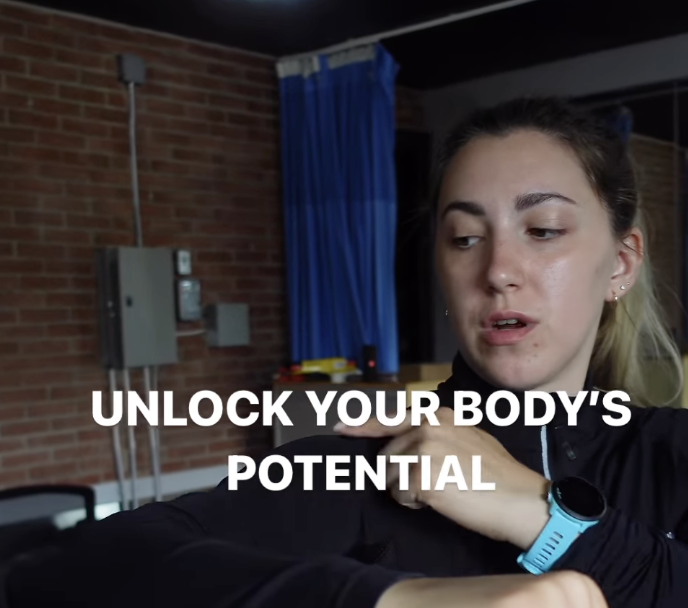
Do you need physiotherapy in 2024?
You get to the gym and notice a sign for physiotherapy.
Do you need physiotherapy?
As the year comes to a close, we sit down with our lead physiotherapist and ask him: What is modern physiotherapy and who needs it in 2024?
Physiotherapy has come a long way over the last few decades. In particular, modern physiotherapy is a physical therapy that aims to prevent injuries and help you recover from injuries. The College of Ontario Physiotherapists outlines the best uses of physiotherapy for physical problems. They also note that a physiotherapist focuses on prevention and rehabilitation. Often, people reserve work benefits for physical therapy ‘just in case’ for future injuries. Yet, we know that physical therapy and training combined can vastly improve strength and prevent injuries down the road.
If you ask someone on the street: how did physiotherapy originate?
You may get many different answers. Especially in the last two centuries, physical therapies have specialized into many unique (yet still overlapping) disciplines. These are namely: physiotherapy, massage therapy, chiropractic and osteopathy.
“Movement is a medicine for creating change in a person’s physical, emotional, and mental states.”
– Carol Welch
However, the oldest attribute to beginning of physiotherapy and physical therapy as a healing modality dates back to Hippocrates (circa 400BCE), who wrote a book on joints (as well as many other medical texts, as the touted father of medicine). By his accounts, physical therapy could be used to alleviate symptoms of pain and discomfort and the treatment should be followed by exercises. Fast forward to today and the basics of a physiotherapy treatment are just the same. Though the modalities may be high-tech, we still use physical biomechanics, testing and manual therapy with exercise in a treatment plan.
This is the golden standard and is the trusted method for improving stability, mobility, gaining strength, recovering from injuries and surgeries and developing a healthy, strong body.

So how is physiotherapy different today, compared to ten years ago?
Q & A With Our Physiotherapist: Devon Jarrett
- How is physiotherapy different now than it was 10 years ago?
DJ
Physiotherapy has evolved as it no longer depends on an injury but also emphasizes wellness and overall healthy lifestyle changes.
Physiotherapists are primary care practitioners. This means that when someone has a health concern, they can go directly to a physiotherapist. It is possible for the physiotherapist to determine if the patient is appropriate for Physical therapy or requires further medical assessment. Physiotherapy is an allied healthcare field tasked with ensuring patient’s motor and physical functions contribute to their overall health.
- What are the top 3 best uses of physiotherapy in a gym setting?
DJ
- Safely teaching motor skills/enhancing patient’s movement literacy
- Creating SMART goals regarding patients’ lifestyles and encouraging patients to work towards their physical goals.
- Identifying patients who are not yet suitable for physical training and creating rehabilitation or healthcare pathways for them to prepare for training.
- How can a person in the gym best use their physiotherapy extended health care to improve or support their training program?
DJ
Clients can create goals with their Physiotherapist. It is the physiotherapist responsibility to create a specific plan using our expertise for them to achieve these goals within a reasonable timeframe.
Working with a physiotherapist (PT) and a physiotherapy assistant (PTA) allows them to rehabilitate from nagging injuries that limit training participation.
- What do you want every PTA or physical trainer to know, that they need to share with their training clients?
DJ
Physiotherapy can be a lifelong commitment. It can be incorporated into a routine as various goals are created throughout the client’s different life stages.
- What top 3 training mistakes do you see that physio can help eliminate?
DJ
- Incorrect lifting technique
- Poor training planning and goal-setting
- Lack of knowledge regarding the science of training and training methods
Related post: Causes of Back Pain, read it here